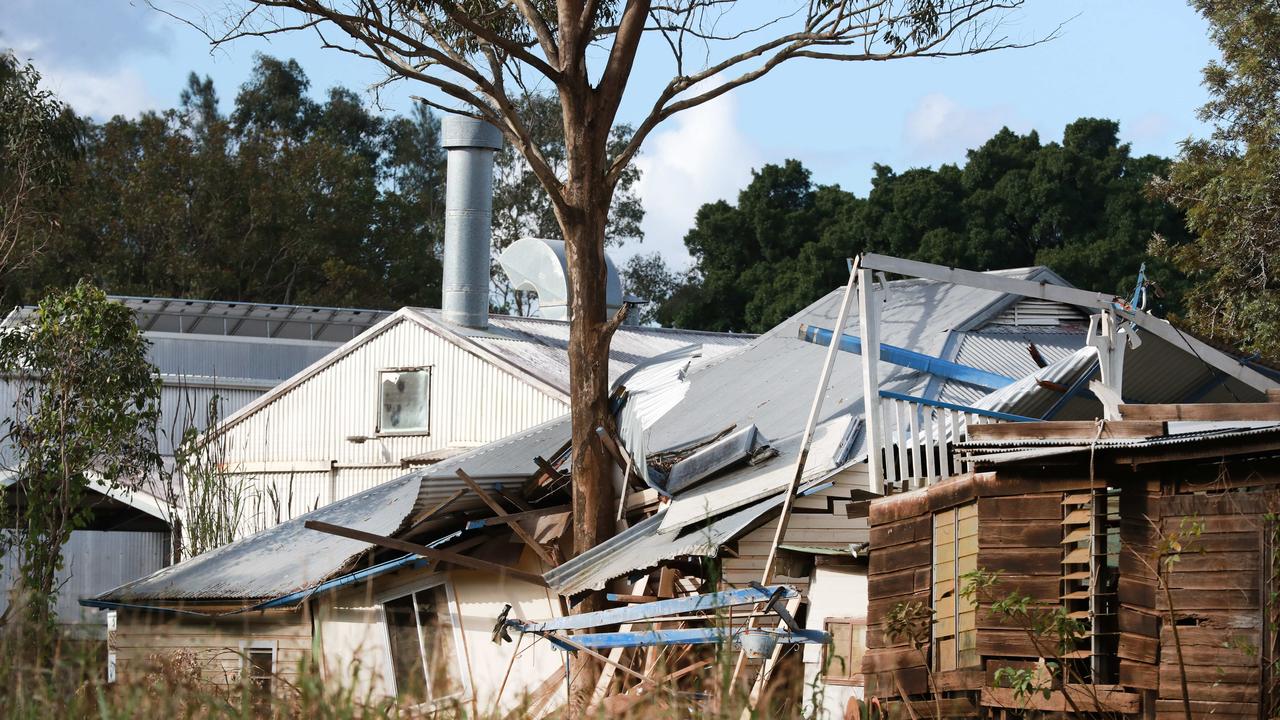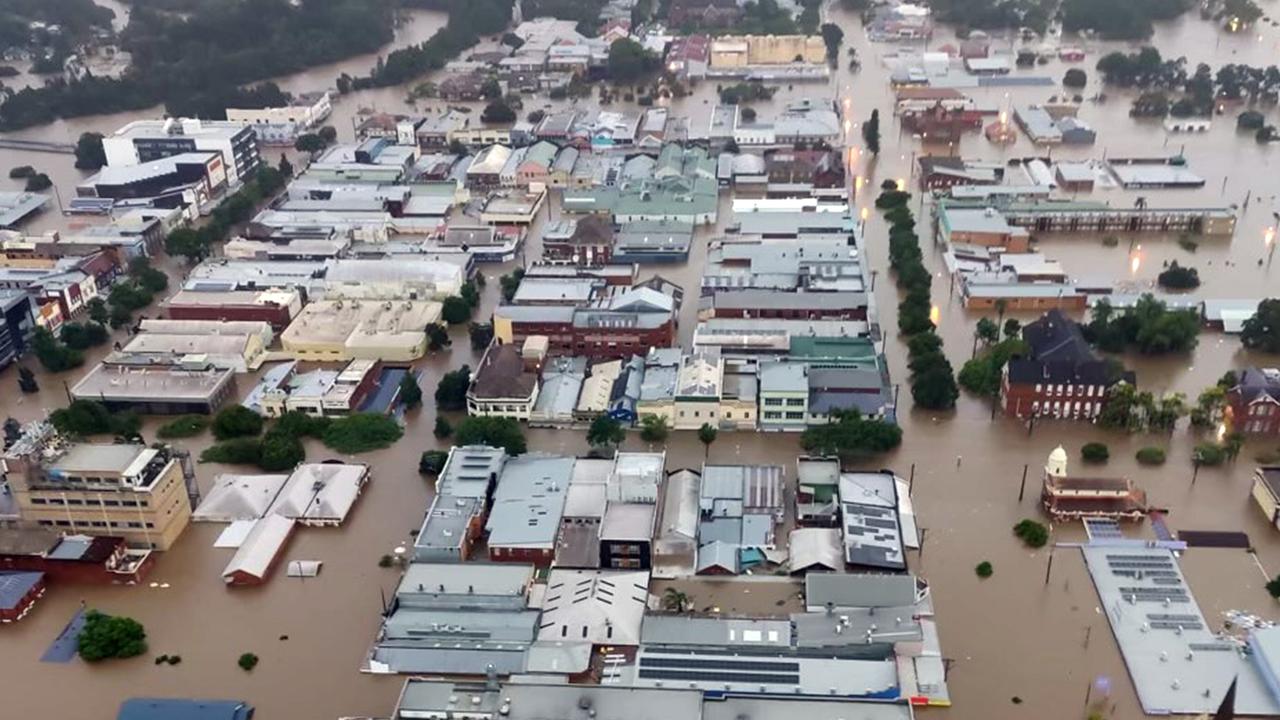Aussie homeowners warned ‘perfect storm’ to hit as insurance is cut from budgets
Aussies are abandoning one thing from their household budgets in droves as the cost of living crisis continues to bite.

Homeowners are crossing their fingers as the cost of living crisis has more Aussies cutting insurance from their budgets.
The increased frequency of extreme climate events, inflation, and Australians’ love for urbanisation in places most likely to be hit by weather have created a “perfect storm” in insurance markets.
Insurance Council of Australia chief Andrew Hall painted the grim picture during an address to the National Press Club on Thursday.
He said the “difficult choice” to forgo insurance or to be underinsured was creating a protection gap – the extent to which potential economic losses are not covered by private insurance.
“It’s the difference between what should or needs to be insured and what isn’t insured,” he said.
Many Australians have tried to maintain cover but Mr Hall said the risk was greatest in areas where “the threat of high natural peril risk is driving the biggest increases in premiums.”

“More and more people are crossing their fingers and hoping that luck will hold their way,” Mr Hall said.
“As the protection gap widens there will be serious implications. The first is the additional vulnerability that households and families, particularly middle and lower-income earners, will face if the worst happens.
“It means that when disasters and accidents occur, they disproportionately up-end the lives of people particularly in vulnerable lower socio-economic groups.”
As a result, he warned, taxpayers will be carrying more additional risk to clean up after a disaster and more pressure on the government’s coffers.
Banks will also be increasingly exposed.
A recent report by the Actuaries Institute suggested nearly one in eight Australian households is facing home insurance affordability stress.
Since the Black Summer bushfires in 2019, Australia has experienced 18, as Mr Hall described, “insurance catastrophes”.
“Last year alone, the insurance industry in Australia paid 302,000 disaster related claims, which caused more than $7.25bn in insured losses,” Mr Hall said.
The ICA boss said proper mitigation was key and pointed to an example of premiums dropping by on average 34 per cent in Roma, Queensland after the construction of a flood levee.

He also urged for a further strengthening of the National Construction Code to make homes more durable for the environment where they’re built.
Mr Hall welcomed the call from national cabinet to stop putting homes on flood plains.
“All too often, we have built our homes in places where we can touch and feel and absorb nature – in bushland, on river frontages, and backing on to beaches,” he said.
“But in so doing, we have put ourselves on flood plains, in fire-prone bushland, or coastal areas in direct paths of cyclones.
“We have ignored the red flags of nature.”
He also urged state governments to wipe the 10 per cent stamp duties on insurance customers.
“If insurance policies for houses or cars did not exist, or were priced out of reach, then the population would demand it of the government.
“For the sake of our future protection and productivity, Australian governments at the state and Federal level must have an eye on reform of insurance taxes.
“There is a clear opportunity here to think about how to incentivise states to lower their insurance taxes to ensure more people have the private cover that will protect.”



